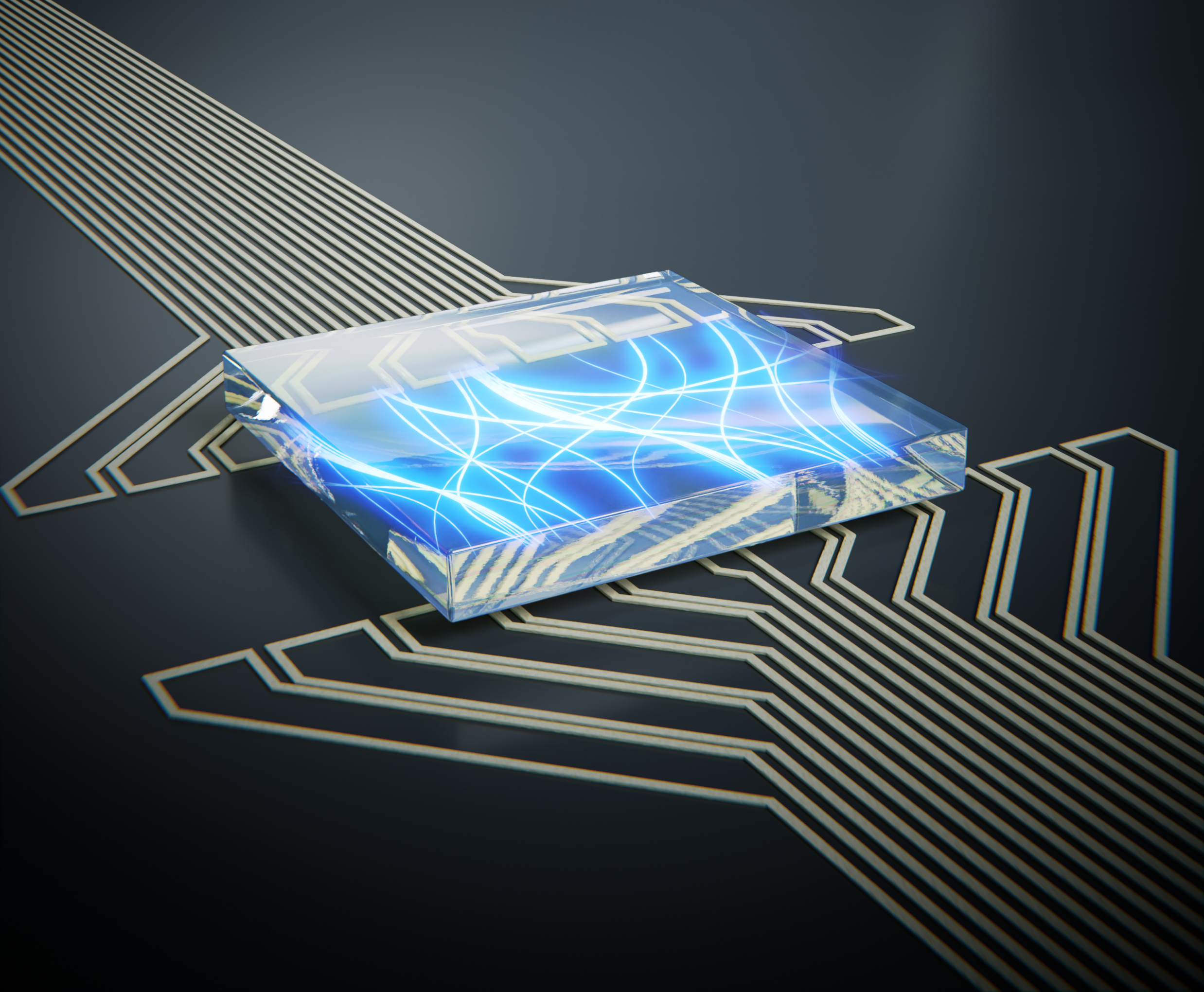Magnetic resonance imaging (MRI) has long been used as a non invasive detection technique in scientific research, industry and medicine. However, its low resolution (in the order of millimeters) makes it useless for nanotechnology applications despite its huge potential.
And this is were researchers from TU Delft, Leiden University, Tohoku University and the Max Planck Institute come into play. They’ve recently developed an MRI-like technique able to imaging magnetic waves with sub-micron resolution. Among its capacities, it is able to imaging spin waves through opaque materials such as the metal wiring on a chip. And also, it has the sensitivity to detect spin waves in magnets that are only a single atom thick. This work has been published in Science Advances.
If you’ve read my posts, you’ll know I don’t usually value my own images. But in this occasion I have to. This might be the most elegant picture I’ve made up to date. And for that, I have to thank the direction of Iacopo Bertelli and Toeno Van der Sar.









